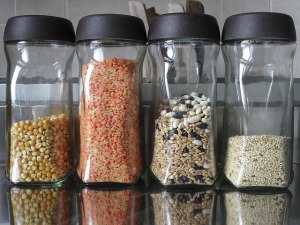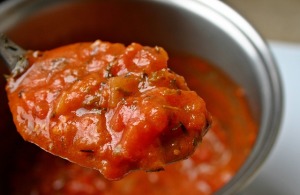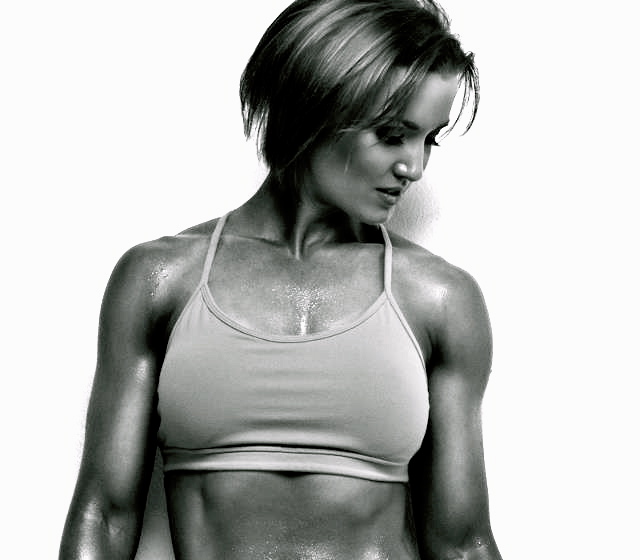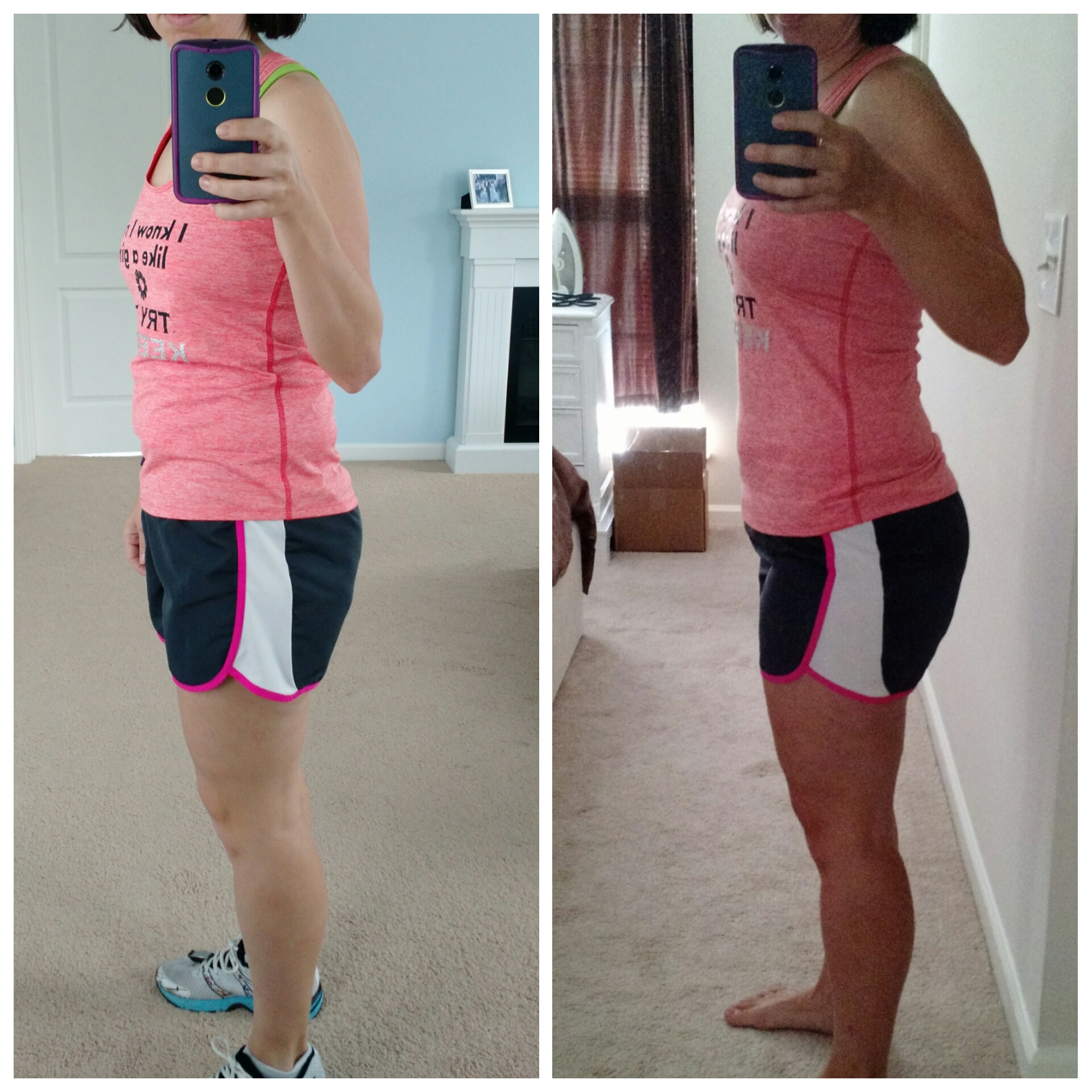At EM2WL we make a big deal about eating sufficient protein to maintain and support muscle growth (a key factor to keep your metabolism revved up). While fiber does not get as much fan fair it is also very important to consume an adequate amount each day. It’s not news to most of us that fiber is great for keeping the pipes clear, but what may be news to you is that when it comes to fitness, fiber can also be an ally.
Understanding Fiber
Fiber is contained in plant-based materials such as fruits, vegetables, nuts, whole grains, and legumes. Because our bodies can not digest fiber, you’ll often find fitness folks talking about net carbs, subtracting the fiber from total carbohydrates. When we talk about fiber we usually just refer to it as, well, fiber. In actuality, there are two forms of fiber: soluble and insoluble. Soluble fiber, as the name suggests, dissolves in water and insoluble fiber does not. What’s important to note is that each type of fiber reacts differently in the body.
Soluble fiber, forms a gel in the digestive tract and, as it moves through, picks up some fatty acid along the way which aids in lowering cholesterol. It also slows the absorption of sugar in the blood, keeping blood sugar levels more balanced and reducing the amount of insulin released. Great sources of soluble fiber include chia seeds, oat bran, peas and legumes.
Insoluble fiber, while it doesn’t dissolve in water, it does absorb it. Think of it as a sponge, soaking up water, excess nutrients, metabolic waste and cancer-causing carcinogens as it moves through the intestines. Insoluble fiber helps to get the bowels moving keeping constipation at bay. Great sources of insoluble fiber include wheat, corn, oat bran, nuts, and the skins and peels of many fruits and vegetables such as apples and pears.
Fiber can also be categorized as dietary or functional. Dietary fibers are found naturally in foods while functional fibers have been isolated and extracted from foods and added to processed foods. Dietary fibers from whole foods include additional nutrients and vitamins so make them your first choice. Functional fibers are for filling in when you are falling short on your fiber intake.
How Fiber Aids Fitness Goals
Removes metabolic waste High intensity workouts result in the metabolic damage (good thing) we so desire to bring about physique changes. During the recovery process, metabolic waste is generated and needs to be removed. When not removed, the waste can be reabsorbed into the body (bad thing), adding stress to the body. This stress can impact growth hormones and ultimately your fitness progress. Think slooow gains. To minimize this re-absorption, eat sufficient fiber to aid the removal process.
Bulk, bulk, bulk Ok, you know we like to get our bulk on! But when it comes to fiber, we’re talking about the kind of bulk that leaves you feeling full..longer. As mentioned above, fiber expands in the intestine and imparts a feeling of fullness while also slowing down digestion. This can be especially helpful when switching between diet phases, especially a cutting phase, where you’re eating at a deficit, and might be missing those extra calories!
Increased satiety Closely related to the fullness you feel from the bulk is a feeling of satiety. Following fiber consumption a GI hormone, glucagon-like peptide-1 (GLP-1), is elevated. GLP-1 signals satiety and suppresses appetite, making you feel more satisfied and less likely to overeat.
Increasing fiber
Fiber can be increased easily by including more fruits, vegetables, seeds, nuts and legumes in your diet. Having a serving at each meal will help you reach the recommended amount of 25-30g/day. Until you are meeting your needs from dietary fiber, be sure to include functional fibers to make up the difference.
If your current fiber intake is very low, increase your intake slowly, giving your body, specifically your GI tract time to adjust to the increased amount. Because fiber pulls water from the body, drink additional water, especially if you are not already drinking sufficient amounts.
Increase your fiber with these easy tips:
- Add beans to a salad, pasta, or rice dish
- Add chia or flax seed to smoothies, oatmeal, yogurt, cottage cheese baked goods
- Spread nut butters onto sliced fruit for a delicious snack
- Use spinach or kale as a salad base instead of iceberg lettuce
- Swap bread crumbs for ground oats or whole grain cereal
- Include a vegetable or fruit with each meal. Tip: Keep it simple with steamed options
- Raw veggies like celery or carrot sticks, sliced peppers or tomato make great snacks
- Add chopped vegetables and beans to chilis
- Puree vegetables or beans to thicken soups or stews
Wrap up
Including both soluble and insoluble fiber in your diet will aid in lowering cholesterol, regulating blood sugar and reducing constipation. Dietary fibers also include nutrients and vitamins and should be prioritized. Functional fibers can be used to help increase your daily consumption. Because of fiber’s bulking and satiety producing properties, it can aid your weight loss goals by helping you feel full and satisfied, which is particularly helpful when eating at a deficit. Fiber also helps to remove metabolic waste produced during your training, preventing re-absorption which can affect fitness progress. Gradually increase your intake to avoid discomfort and be sure to drink plenty of water!
Discover more from Eat More 2 Weigh Less
Subscribe to get the latest posts sent to your email.










Recent Comments